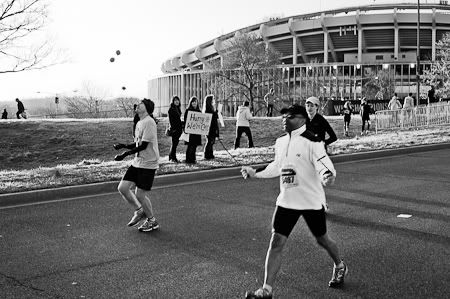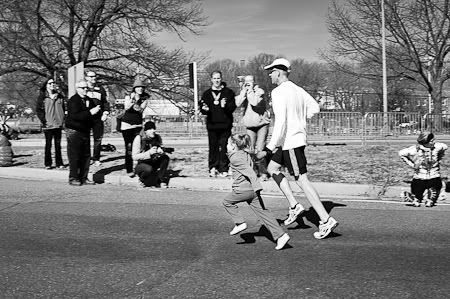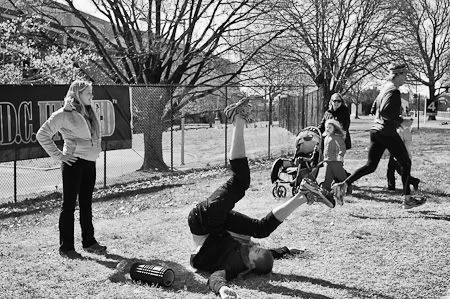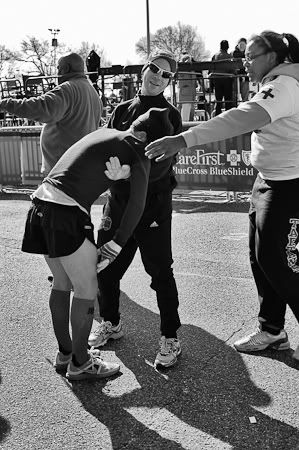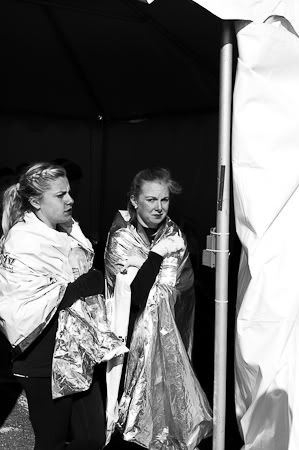Everybody likes a trip to the fairground now and again – what with all the excitement, unpredictability and the odd fright here and there. Well, if you’re on the lookout, then Coventry City’s very own fairground, the Ricoh Arena, may just be the hottest ticket in town. Tipped at the beginning of the season for mid-table mediocrity, the Sky Blues Roller Coaster has been – having reached the dizzy heights of the Npower Championship play-off places in November – plummeting towards the depths of Npower Football League One and shows no signs of slowing down. With Aidy Boothroyd as the latest manager to leave the club, financial concerns aplenty and constant shuffling in the boardroom, the question is, ‘who will have the last laugh?’
Since its founding in 1883, Coventry City has been a club known to experience many eventful highs and lows. Having spent over a decade languishing in the lower leagues of English football, namely the old Division Four and Three, the club’s meteoric rise to the top began in earnest in the 1960s under the management of former manager-turned-club-legend and famous BBC Sport Presenter, Jimmy Hill. Hill guided the club to two promotions in the mid to late 1960s and the club experienced European football for the very first and only time in the 1970-1971 season. The club was innovative off the pitch with the previous stadium, Highfield Road, becoming the country’s first all-seater stadium in 1981, only for terraces to be reinstated two years later. The pinnacle came in 1987 with the club’s first mayor piece of silverware – the FA Cup. The Sky Blues victory over Tottenham Hotspur, which included striker Cyrille Regis, is still regarded to this day by many neutrals as one of the most enthralling finals in recent years for sheer footballing technique alone. Steady progress in the league continued into the 1990s as the club took its place in the FA Premier League.
For almost a decade, the team held its own in the FA Premier League. The club constantly achieved middle to lower table status – often flirting with relegation. Their luck eventually ran out in 2001, condemning the club to Championship football and thus ending the club’s remarkable 34-year association with the top flight. However, whatever patience was garnered in the FA Premier League has simply dissolved since then. Since the turn of the millennium, the club have gone through eight different permanent managers. Such a shuffling of the managerial pack has consequently led to a sustained period of stagnation in the now Npower Championship with only former Coventry City player, Micky Adams, coming close to achieving promotion back in the 2005-2006 season. In some ways, the most significant action in recent years has come off the pitch, on the development side of things. Having opened up The Alan Higgs Centre (Club Football Academy) in 2004, a year later the club relocated from Highfield Road to the modern 32,000 capacity Ricoh Arena Stadium. However, the most important development came in 2007 when the club was saved at the eleventh hour from administration by SISU and ex-chairman, Ray Ranson. Plans of investment in the team have since proved false with little change emerging in the intervening three-and-a-half-years – something which has taken its toll on the club this season.
Ignored amidst the talk of contenders for promotion in pre-season, Coventry City under manager Aidy Boothroyd defied all expectations by starting this season off very strongly. Conditions for Boothroyd were akin to those he experienced at Watford, whom he guided to the Promised Land in 2006: a small squad, a limited budget and ‘small’ expectations. Nonetheless, by November, having playing 14 games and having just beaten Sheffield United, the club occupied the lofty position of 4th place. Since then though, a combination of injuries and a dramatic loss of form, has seen the club slide down the table, picking up just one win in 16. The terrible run, akin to that endured by his predecessor, Chris Coleman, along with disgruntlement from the fans with regards to the team’s playing style and a reported loss of the dressing room, cost Boothroyd his job. This made him the 36th manager to be sacked this season, and lowering his overall win percentage to 31% – just 2% better than the Welshman’s. In a remarkable last two weeks, the club have parted company with both manager and chairman and having been hit with a transfer embargo, the club’s short term future is still far from certain. Sitting in a perilous 20th position, the club are far from safe and with a defeat in their last game away to bottom of the table Preston North End, the threat of relegation looms ever larger for the Coventry City faithful.
Relegation battles have, in recent seasons, become the norm for Coventry City. Last season, the Sky Blues finished 19th and a repeat of that performance looks on the cards. With just eight games to go I would argue not one of the teams currently occupying the three relegation places can be discounted from survival – that including Preston North End, who despite being eight points from safety, have undergone a resurgence under manager Phil Brown. Whilst Coventry City have a seven point cushion, they have a tricky end to the season which includes games away at Portsmouth, Middlesbrough and Norwich as well as a home fixture against promotion chasing Reading. Ironically, their next game on Saturday is at home to Watford – not only Boothroyd’s former employers but the team which ended Coleman’s time at the Ricoh Arena. It is not inconceivable that the Sky Blues could still be sucked into the relegation fight. They will have to rely upon their two dependables to drag them out of danger: goalkeeper Keiren Westwood and striker Marlon King. The uncompromising Republic of Ireland international, Westwood, has caught the attention of a number of clubs with his performances and looks set to leave the Ricoh Arena with his contract set to expire in the summer whilst striker Marlon King, who has replicated some of the excellent form shown during his successful promotion campaign with Watford under Boothroyd, remains a man in demand. Service up to King from the midfield as well as a watertight defence should seal the Sky Blues position in the Npower Championship for at least another year.
The obvious short term goal for the club is to remain in the league, under caretakers Scott Harrison and Andy Thorn. If their safety is guaranteed then steps will be made to look for a long term replacement for Boothroyd. Ex-West Bromwich Albion manager Roberto di Matteo and former Newcastle United manager Chris Hughton are thought to be amongst the favourites for the job, whilst former star Dion Dublin is also in the frame. From the boardroom perspective, a greater deal of clarity as to SISU’s short and long term strategy is needed as well as a greater level of communication with the supporters who have been left disillusioned by the direction in which the club has been heading in recent years. Indeed, vice-chairman John Clarke OBE remains the only true Sky Blues fan left on the board. Nonetheless, recent developments have seen Ken Dulieu take over from Ranson as chairman as well as SISU investing a further £8,000,000 into the club to spare it from administration, although more money will be needed in the future. Furthermore, the Ricoh Arena has been chosen as the Midlands football venue for next year’s Olympic Games ahead of rivals Birmingham City, Leicester City and Derby County. Whilst the club has been saved in the short-term, it is the long-term future of the club which remains of a greater concern to the supporters.
Alienation of old shareholders and supporters, a lack of investment, and a constant shuffling of the managerial pack has led Coventry City to occupy an all too familiar lowly league position. The team, with a stable infrastructure in place behind the scenes, lacks the necessary blend of physicality and technique that many of the top clubs in the Npower Championship currently have in abundance. Furthermore, the Sky Blues need to make the Ricoh Arena, a stadium which they don’t even own, a fortress and, in the process, entice those loyal yet disillusioned supporters back to the club. Anything less and the Sky Blues dream may just turn into a nightmare.









